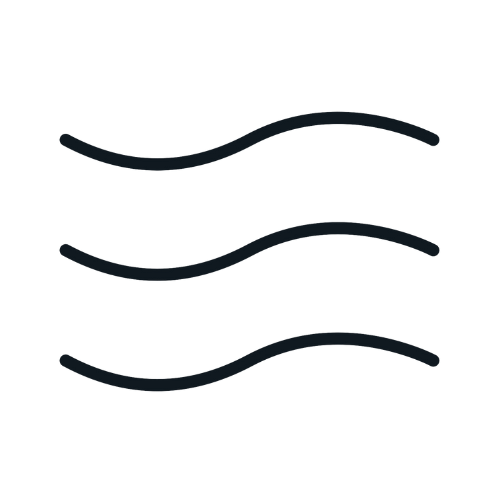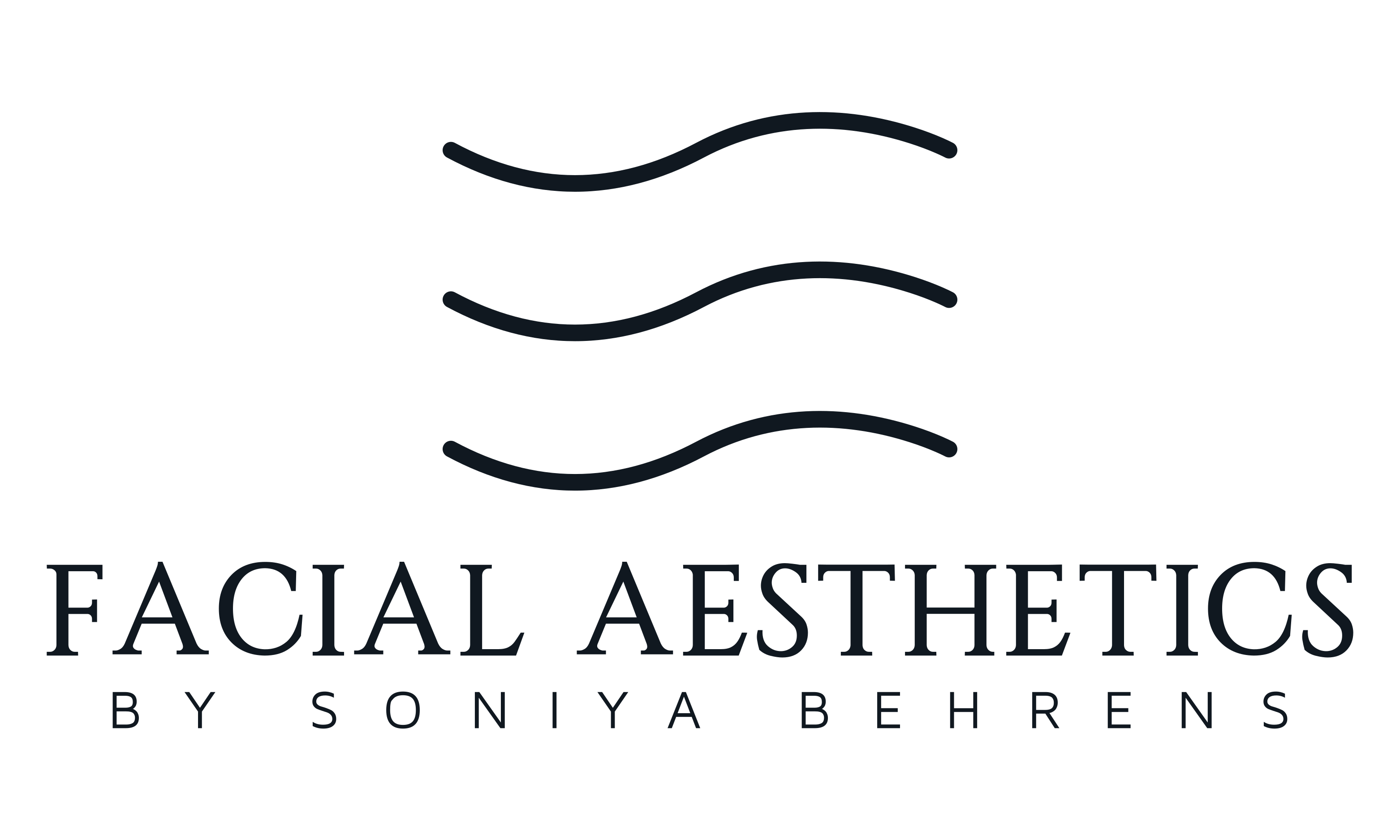As the winter months approach, it’s the perfect time to rejuvenate your skin and address the effects of sun damage, dryness, and dullness that may have accumulated over the summer.

In this blog, we’ll explore the different grades of skin peels, the products available, and why they are best done during the winter season. We’ll also delve into the benefits and potential drawbacks of skin peels.
The best news is there’s a peel for everyone!
Jingle those bells with new found skin!
So what’s a peel?
Peels also known as chemical peels, are facial skin treatments that eliminate the dead cells from the top layer of your skin and speed up the process of cell renewal beneath this layer. Therefore producing silkier, smoother and an
even skin tone.
What are Peels made from?
Friendly acids! We are not talking of harsh acids found in a chemical plant (yay) we’re talking about fruit acids, organic acids! The delicious stuff.
Simply put, two of the main acid groups are
- [ ] Alpha Hydroxy Acids (AHA)
- [ ] Beta Hydroxy Acids (BHA)
AHA are very small molecules and these are procured from sugar cane, citrus fruits, milk, almonds and cherries! Now how sweet is that?
BHA are found in plants, tree bark and some fruits. One of the most popular BHA is Salicylic Acid.
Salycylic acid, helps to loosen the bonds that hold the dead skin cells together, in effect these shed via exfoliation and you have a nice clear complexion, through sloughing away dirt and grease and unclogging pores.
So what’s the best peel for you?
There are 5 peels I provide therefore deciding what’s best for you won’t be difficult.
Skin peels by Obagi and SkinCeuticals are an effective and popular method for achieving this goal.
Understanding Skin Peel
1/ Gentle Superficial Peels: The SkinCeuticals Gel Peel GL
This entry level peel includes 20% Glycolic Acid, 10% Lactic Acid and has a pH of 3.2. It is ideal as an initial peel for sensitive skin and helps to prepare the skin for other treatments such as the SkinPen (microneedling). In essence, if you haven’t had a chemical peel before, Gel Peel GL is a lovely introduction.
The lactic acid ingredient has an exfoliating action in peels, but also a moisturising function, which makes this peel good for menopausal women, frequent travellers – anyone with drier skin, as it reveals newer epidermal layers and helps moisturise the skin.
It can be used on all skin types, problematic skin (with or without breakouts), photodamaged skin and to improve skin elasticity and wrinkles.
2/ Medium Peels
These employ stronger acids. Depending on the brand SkinCeuticals or Obagi you will actually see peeling or you won’t.
The SkinCeuticals Pigment Balancing Peel is one of the strongest in their range and contains 40% Glycolic Acid, 10% Ctric Acid, 27% Vitamin C, and 4% Embilica.
It will significantly increase cell turn over but without peeling the skin. It’s effective at addressing pigmentation issues on all skin colours, and advanced signs of ageing. This is done in the winter months November to March.
Obagis Blue Peel Radiance is a mild to moderate Peel and this is composed of 20% salicylic acid, 2% glycolic acid and 2 % lactic acid. This Peel will reach the deeper layers of your skin and more than likely peel.
A patch test is required for this and this is best done November to March.
Don’ts For Peels!
You cannot expose your new skin to the sun. This is the worst thing possible and will ruin the results you are trying to achieve. A broad spectrum SPF 50
Is required come rain or shine. REMEMBER darker skin types will be more prone to developing post inflammatory hyperpigmentation due to the high content of melanin in their cells, if the skin is not taken care of properly.
Makeup should not be worn for 2-3 days, if tempted do not peel the skin off, allow it to peel by itself, avoid saunas and jacuzzis and any other heat producing activities, especially sun-beds!
It will take your skin a week or less to settle but SkinCeuticals
has a post peel product that helps with a quicker recovery!
Caution
If you are using any products that include or are tretinoins or retinol (vitamin A) or contain any other organic acids such as salicylic, these have to be stopped 2 weeks prior the peel, as your skin can become extremity irritated and burn. These rules must be followed for the best results.
Peels cannot be performed on pregnant women, clients undergoing cancer therapy and those clients on Accutane. You must be off Isotretinoin (Accutane) for at least 6 months to a year before you even consider having a chemical peel.
Possible Side Effects.
Skin peels can lead to redness, swelling, and potential complications, especially with deep peels. Therefore a consultation is necessary to see which one is right for you.
A Recap
What Are Winter Skin Peel Benefits?
- Sun Avoidance:
Winter is the best time for peels because sun exposure should be limited during the recovery period. UV rays can intensify skin sensitivity post-peel. - Dry Skin Rejuvenation:
Skin peels can help combat the dryness and flakiness common during winter months by shedding dead skin cells and promoting moisture retention. - Pigmentation Correction:
Skin discolorations caused by sun exposure are easier to treat when UV exposure is minimized, making winter a great time to address these issues.
Pros of Skin Peels
- Improved Skin Texture:
Skin peels promote the growth of new skin cells, leaving your complexion smoother and more youthful. - Reduction of Fine Lines and Wrinkles:
Peels can diminish the appearance of fine lines and wrinkles, making your skin appear more youthful. - Enhanced Collagen Production:
Skin peels stimulate collagen production, improving skin elasticity and firmness. - Treatment of Skin Conditions:
Peels can effectively address acne, scars, and hyperpigmentation, offering relief to those with skin concerns.
Cons of Skin Peels
- Discomfort and Downtime:
Depending on the peel’s depth, you may experience discomfort and peeling, with deeper peels requiring more extended recovery periods so these have to be planned well ahead of an occasion. - Skin Sensitivity:
Skin may be more sensitive to sun exposure and require diligent sun protection after a peel, hence winter being the best time for peels.
My last but not least word on peels
Please please use a broad spectrum UVA/UVB sunscreen ( SPF 30/50) to protect your skin until you’ve achieved full skin recovery. Only then you may continue the use of active skincare products which ever brand it may be. Actives such as those containing salicylic acid, glycolic acid or retinoids.

